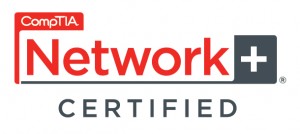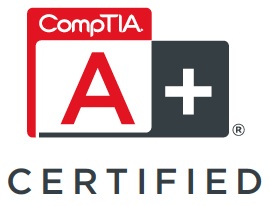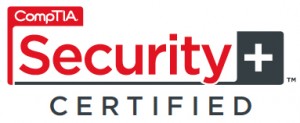So You Think You Have a Virus?
 Virus, spyware, and malware are terms that are often used interchangeably by non-technical users to refer to unwanted software glitches that attach themselves to your Operating System and programs and cause your system to run at less than peak efficiency, sometimes shutting it down completely. The good news is that a software problem such as a virus or malware does not attack the machinery of your computer, and can be removed.
Virus, spyware, and malware are terms that are often used interchangeably by non-technical users to refer to unwanted software glitches that attach themselves to your Operating System and programs and cause your system to run at less than peak efficiency, sometimes shutting it down completely. The good news is that a software problem such as a virus or malware does not attack the machinery of your computer, and can be removed.
The bad news is, it can mean needing to reboot your operating system to make the removal complete. If you have followed our advice and have a backup system, this will cost you a couple of hours, but will not effect your data. If you have not, please accept our condolences, but much of your precious data may well be lost to the ether. Before you panic, here are some steps you can take.
Virus Scan
Most computers come with some type of virus and malware scanning software that will help you identify and remove the unwanted files. Since each of them operates slightly differently, we will not attempt to run through those steps here. Typically, you can find your anti-virus program in your programs list in the start menu. Most programs will take you step by step through the process of running them with on-screen prompts.
Before attempting any scans, your should restart your computer in safe mode. To do this, shut the machine down and restart, while pressing the F8 button found in the top row of your keyboard. This will give you boot-up options. Select “safe mode with networking” so that you can access the Internet for downloads or to find advice if needed.
Run your anti-virus and malware detection software in safe mode, allowing it to complete and remove any files it found. Once this is complete, restart the system normally and run the scan again to check for hidden issues. If your scan comes back clean and the computer seems normal, return it to normal use. If not, contact us for an appointment to complete the removal.






Follow Us!